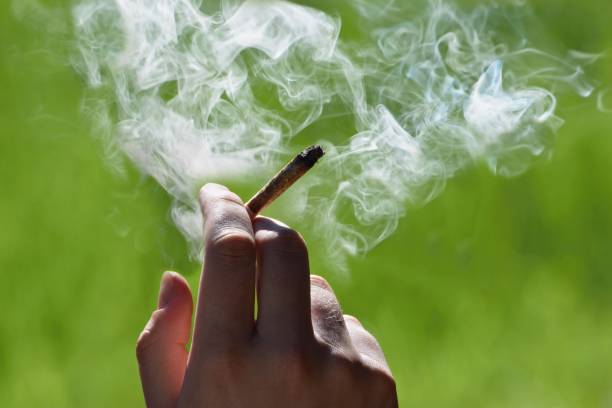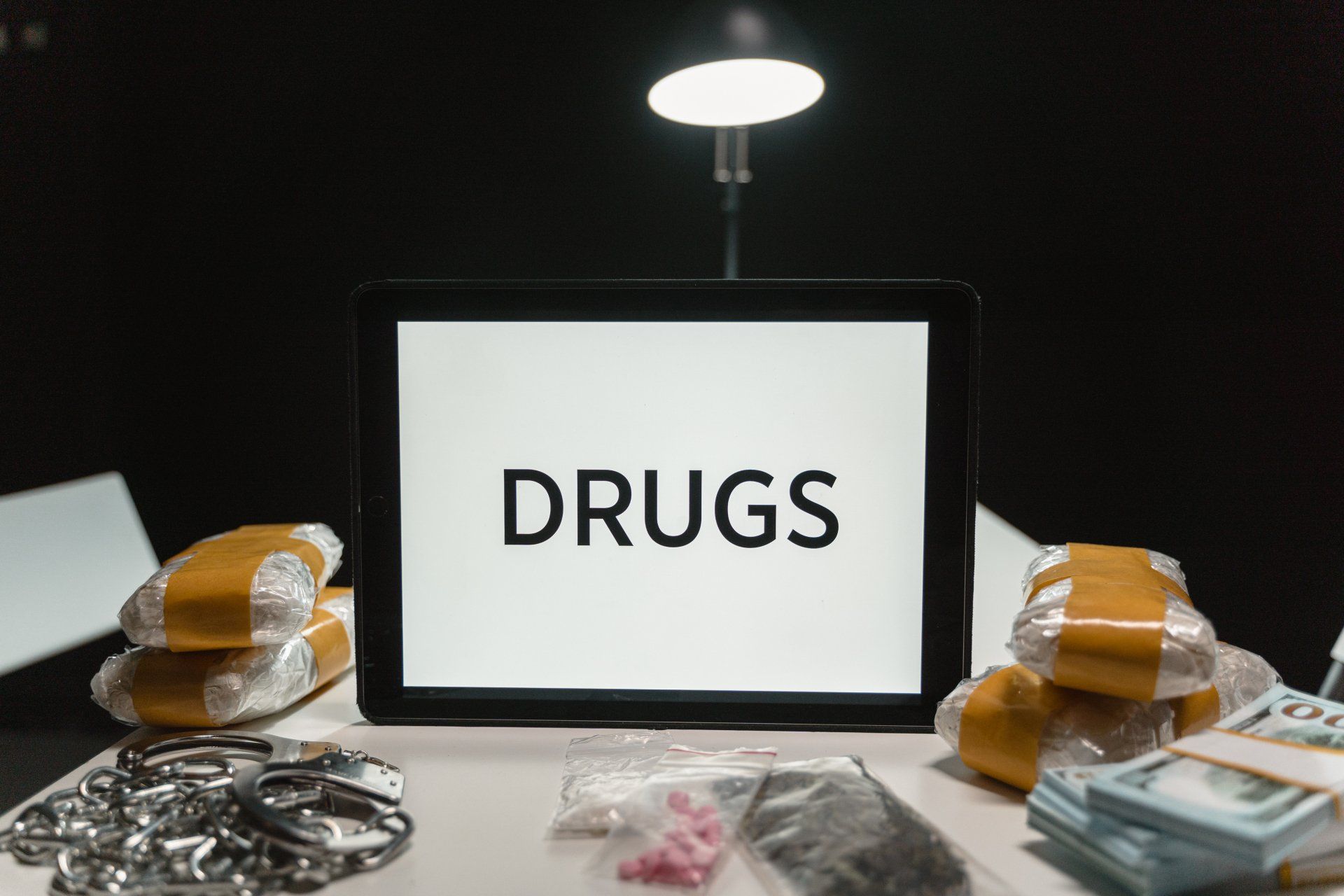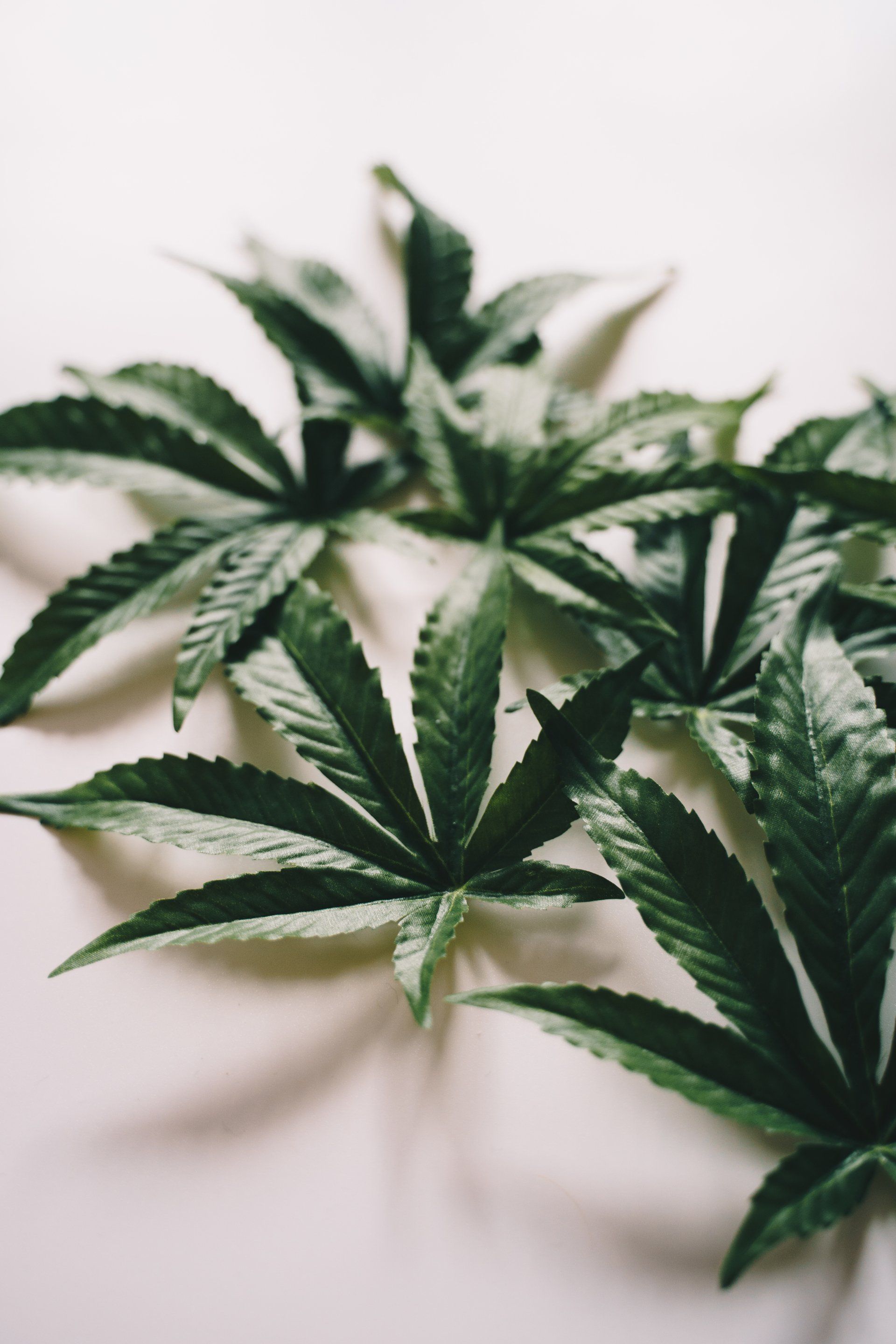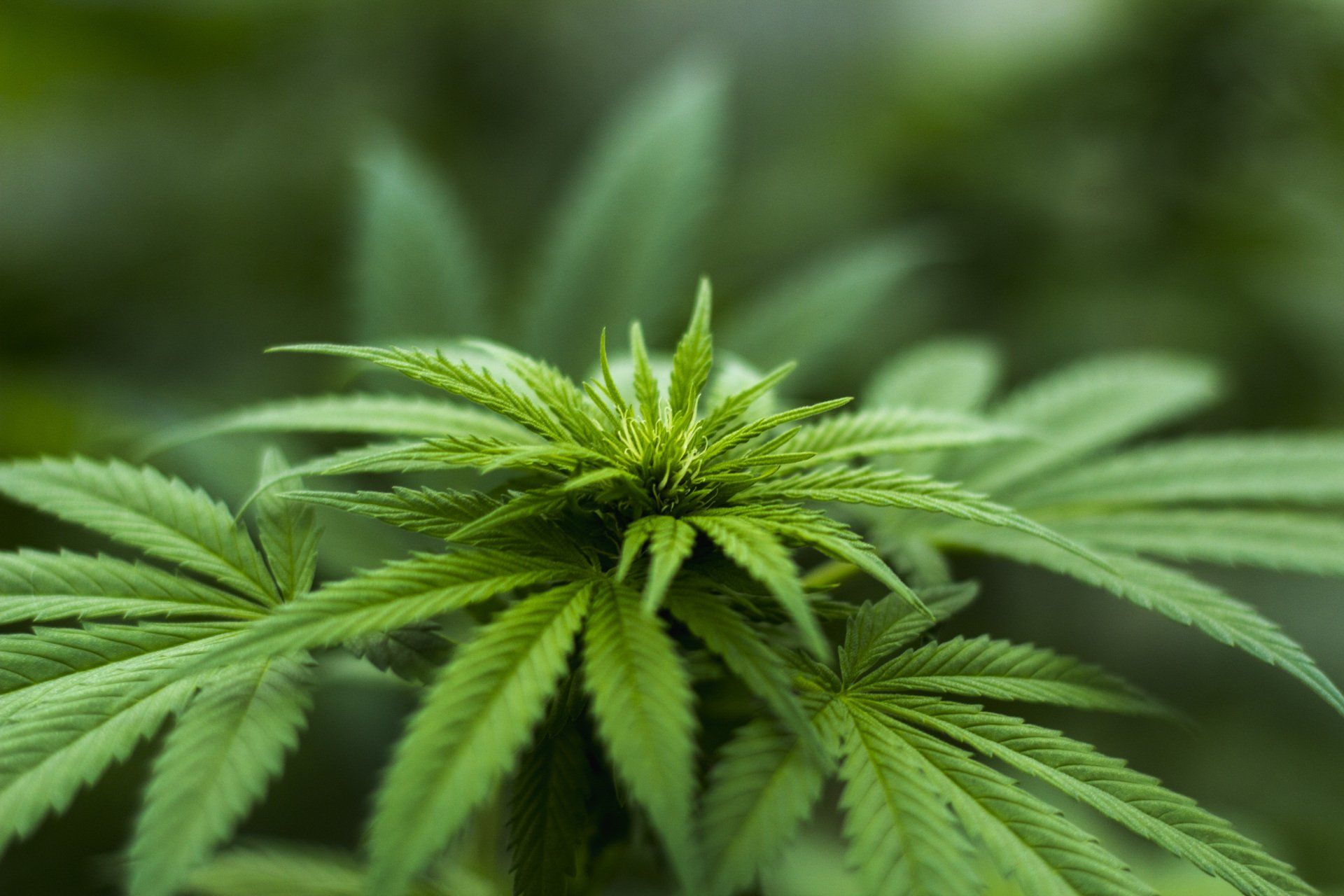Understanding the Truth about Cannabis 2
During Napoleon Bonaparte's invasion of Egypt in 1798, alcohol was unavailable as Egypt was an Islamic country. In place of alcohol, Bonaparte's troops resorted to trying hashish (extracts from the cannabis plant) which they found to their liking. As a result of the conspicuous consumption of hashish by the troops, the smoking of hashish and consumption of drinks containing the substance was banned in October 1800 because of the adverse effects it was having on the troops and the local people. In 1904, Dr. George F. W. Ewens, the Superintendent of the Punjab Lunatic Asylum, produced a report, 'Insanity Following the Use of Indian Hemp' (an extract of Cannabis). His report states:
There is a special form of mental disease met with in India, usually classed as Toxic Insanity, which seems to have direct relation to the excessive use of hemp drugs. The symptoms are entirely mental, among the large number I have now seen, unlike the results of alcohol.
During the 1920s the Egyptian government was so concerned about the detrimental effects cannabis was having on the working population, it requested that Cannabis be added to the 'Geneva International Convention on Narcotics Control'. On 28 September 1925, the Dangerous Drug Act became law in the UK, and Cannabis was included in the list of 'dangerous drugs’ and was made an illegal substance. Many countries followed suit and, by the end of the twentieth century, most developed countries had banned Cannabis use.
Human use of Cannabis goes back thousands of years, and it is one of the earliest known plants to be cultivated. Cannabis has been used for food, medicine, rope-making, religious ceremonies and for recreational purposes. In first-century China, scholars recorded in the first comprehensive reference guide on herbs and drugs called the Pen-ts'ao ching, that excessive Cannabis smoking caused 'seeing the Devil'. By 100 AD, Chinese physicians believed the drug, if taken in excess, would make one communicate with the spirits and lightens one's body.
So what is that can cause an individual to feel a sense of euphoria and make users feel as though they have been possessed? Cannabis has a chemical called tetrahydrocannabinol, most commonly known as THC, which is the principal psychoactive constituent of Cannabis and is what gives users the 'high'. One of the reasons Cannabis is so potentially dangerous is that, when it is ingested either through inhaling or digesting, it goes straight into the bloodstream and within seconds is absorbed into the brain. THC has the ability to interfere with dopamine neurotransmitters and distort the signal, causing the neurotransmitter to send a surge of dopamine to the reward part of the brain, which creates the immediate high.
This sounds good; however, the problem is that the effects of THC can stay in the brain, not just for hours but days and even weeks. It is not just the high the brain has to contend with, but impaired memory, hand coordination, movement and behaviour. That is why it can be so dangerous to drive a car even days after taking Cannabis. It is not only driving; if you work with machinery your chance of an accident also increases. It affects your movement, concentration and your ability to process thought.
So it does not take a lot of working out to realise that continued use of Cannabis with high levels of THC can cause long term impairment to the communication systems of the brain. Indeed, scientists now know with reasonable certainty that long term use of Cannabis, especially with high levels of THC, can lead to dependence, addiction and long-term damage to the brain.
Next time we will look at the benefits of Cannabis.
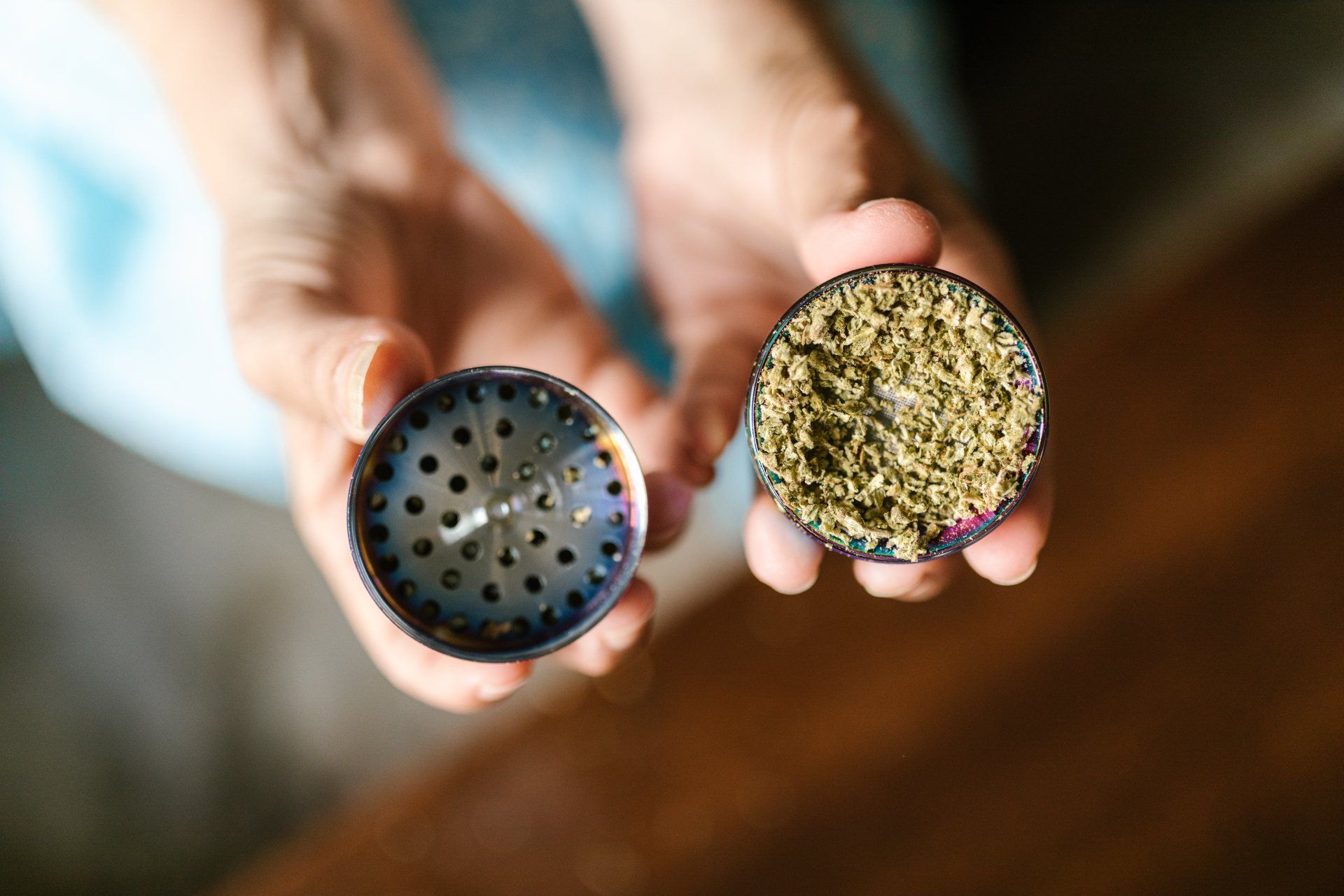
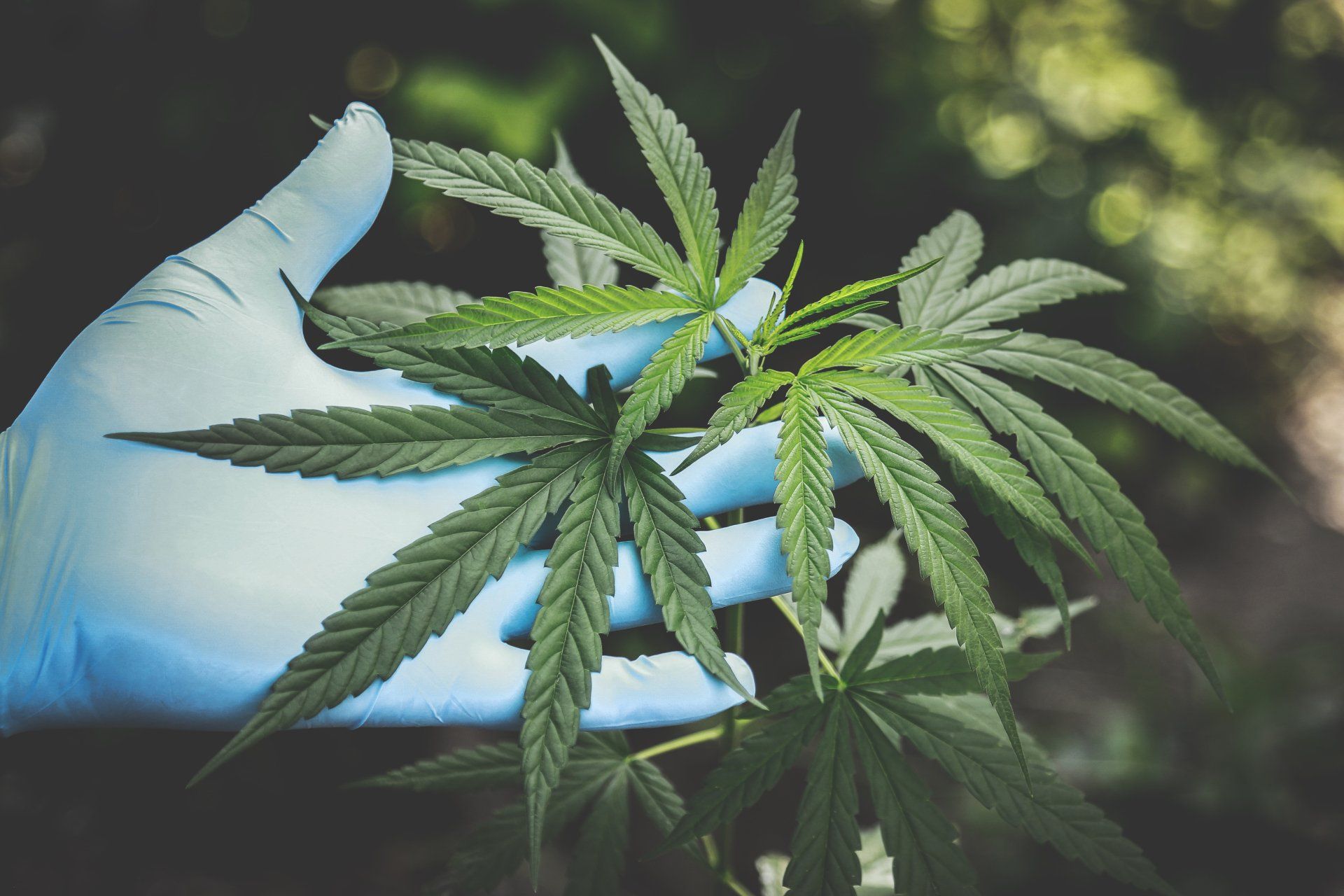
New book explores the ticking time bomb of cannabis and its impact on the mental health of teenagers
